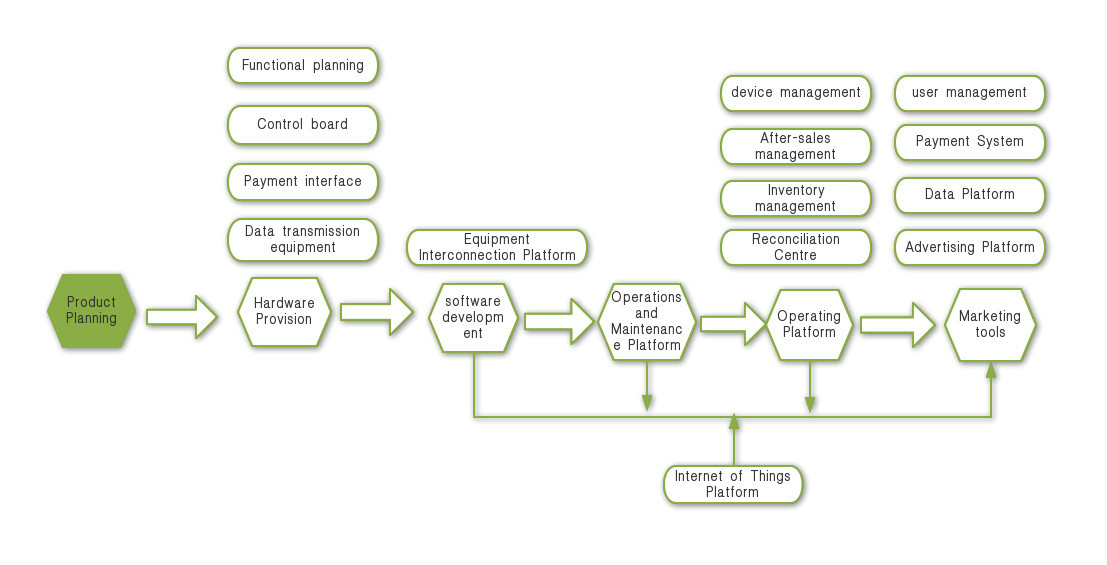Understanding the Process: Can a Loan Be Transferred to Another Person?
#### Can a loan be transferred to another person?When it comes to financial obligations, many borrowers may find themselves wondering about the flexibility……
#### Can a loan be transferred to another person?
When it comes to financial obligations, many borrowers may find themselves wondering about the flexibility of their loans. One common question that arises is, **can a loan be transferred to another person?** This inquiry is particularly relevant in situations such as selling a home, changing financial circumstances, or simply wanting to share the burden of debt. Understanding the nuances of loan transferability can help borrowers navigate their financial responsibilities more effectively.
#### What Does it Mean to Transfer a Loan?
Transferring a loan essentially means that the responsibility for repaying the loan is shifted from one borrower to another. This can occur in various types of loans, including personal loans, auto loans, and mortgages. However, the ability to transfer a loan largely depends on the lender's policies and the type of loan involved.
#### Types of Loans and Their Transferability
1. **Personal Loans**: In most cases, personal loans are not transferable. Lenders typically require the original borrower to be responsible for the loan until it is fully paid off. However, some lenders may allow a co-signer to take over the loan under certain conditions.

2. **Auto Loans**: Auto loans can sometimes be transferred, but this is contingent upon the lender’s policies. If you’re looking to transfer an auto loan, it’s crucial to contact your lender to understand their specific requirements.
3. **Mortgages**: Transferring a mortgage can be more complex. Some mortgages are assumable, meaning that another person can take over the payments. However, this usually requires the lender's approval and the new borrower must meet the lender's creditworthiness criteria.
#### The Process of Transferring a Loan
If you are considering transferring a loan, here are the steps you may need to follow:
1. **Check with Your Lender**: The first step is to contact your lender to determine if the loan is transferable. They will provide you with the necessary information regarding their policies and any potential fees associated with the transfer.

2. **Gather Documentation**: If the lender allows the transfer, you may need to provide documentation for both parties, including identification, financial statements, and credit reports.
3. **Complete the Application**: The person assuming the loan will likely need to complete an application process, similar to what the original borrower went through. This may involve a credit check and an assessment of their financial situation.
4. **Sign the Agreement**: Once the lender approves the transfer, both parties will need to sign an agreement that outlines the terms of the transfer and releases the original borrower from liability.
#### Potential Challenges
While transferring a loan can be a viable option, there are challenges to consider. For instance, the new borrower may not qualify for the loan based on creditworthiness, which could hinder the transfer process. Additionally, some lenders may impose fees for processing the transfer, which can add to the financial burden.

#### Conclusion
In conclusion, the question **can a loan be transferred to another person?** is not a straightforward one. It depends on the type of loan, the lender’s policies, and the financial situation of the new borrower. If you find yourself in a position where transferring a loan seems necessary, it’s essential to communicate openly with your lender and understand all the implications involved. By doing so, you can make informed decisions that align with your financial goals.